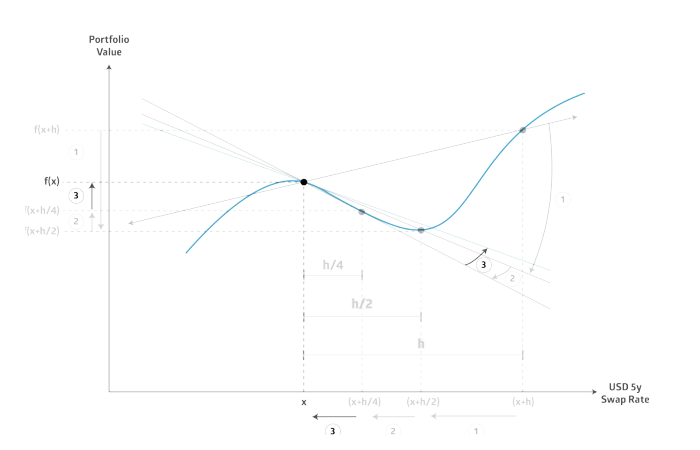
Accurate curve construction is an integral part of any investment firms’ success. The effort of creating truly accurate curves pays off by helping you correctly price trades and measure risk consistently across your portfolio — and thus make better decisions that lead to better returns.
However, market changes such as negative interest rates, OIS discounting and greater regulation around margining have made curve-building more difficult than it once was. In this unpredictable marketplace, firms that want to thrive need the flexibility to adjust their curves to reflect market dynamics.
Because proper curve-building is so important, today we’ve decided to highlight five of our most popular blog posts around the topic. Read on to learn some great curve-building best practices that you may want to try at your own firm.
1. The 3 Keys to Future-Proof Curve-Building
What do you do when erratic market behavior forces you to rethink the curves you build and the way you build them? Do you recode? Rebuild? Such options are valid when unforeseen market events are infrequent, but recent history has shown us a continuing trend towards the unexpected.
What all the uncertainty means is that it is becoming more necessary for firms to adopt a curve-building approach that is adaptable and resilient to change. In order to accomplish this goal, firms need to ensure that their curve-building framework contains three specific characteristics. Learn what they are.
2. The LCH-CME Basis and the Need for Multi-Curve Construction
Many of us are quite familiar with the standard narrative of “dual curve” bootstrapping – how in the good old days before the credit crisis, there was the ‘One True Curve’ and the ‘One True Price’ for a swap, how everyone funded at LIBOR and life was pretty simple. Of how, in the wake of the Lehman Brothers collapse in September 2008, the Libor-OIS basis widened to 365bps, from typical values of 10bps, and the subsequent regulatory upheaval, leading (among many other things) to cleared swaps. And of how swap pricing underwent nothing short of a revolution, with the advent of OIS discounting – two curves not one.
Our industry continues to struggle with OIS discounting and the wider problem of building and using curves effectively. A lot of money and effort has been spent on comprehensive system overhauls to cope with the new order, and change continues. Multi-currency CSAs, negative interest rates in Europe, and FVA continue to put pressure on every firm’s curve-building analytics. Read the blog post to discover how top-performing firms are overcoming this challenge by embracing future proof curve-building analytics.
3. From LIBOR to OIS: Competitive Advantage in Curve Building
The effort of creating truly accurate curves pays off in a timely and holistic view of risk. It is critical that curves accurately reflect the nature of markets they are intended to describe. If they don’t, you’re probably losing opportunities by lagging the market, trading on bad information, misreporting P&L or misunderstanding risk in your book.
Accurate curves can result in competitive advantage. You avoid lag time of assessing multiple dealer quotes, produce independent prices that you can rely on, report the most accurate P&L and get a holistic view of risk across your organization.
One of the first steps to building accurate curves is migrating discounting conventions from LIBOR to OIS. This blog will tell you how.
4. Better Curves =Better Returns: 3 Webinars for Asset Managers and Hedge Funds
It’s no secret that market changes such as negative interest rates, OIS discounting and greater regulation around margining have made curve-building more difficult than ever. If you want to thrive in this unpredictable marketplace, you must have the flexibility to rapidly adjust your curves on a moment’s notice and without excess cost.
In this blog post, we give highlights of three of our most popular webinars on curve-building. Learn how leading firms are incorporating into their curve-building approach, and which are enabling them to rapidly deploy profitable trading strategies.
5. Learn the Best Practices for Better Curves
OIS discounting has become fundamental to nearly all risk neutral derivative pricing methods. Because OIS is the standard funding rate in CSA agreements in both the OTC and cleared markets, implications of not adopting best practices are significant.
Today, many curve building frameworks have been updated to correctly handle OIS Discounting, however many inaccuracies still arise. Learn the best practices top-performing asset management firms are using to overcome this struggle effectively.
I’d like to emphasize that fast, flexible curve-building is not only critical to coping with market changes, it can also directly impact your profitability by enabling you to move fast on promising trading opportunities. This in turn will help you generate better returns over time.
To learn more about the value of flexible curve-building, download our related eBook. It offers little-known, but highly powerful best practices for curve-building.
